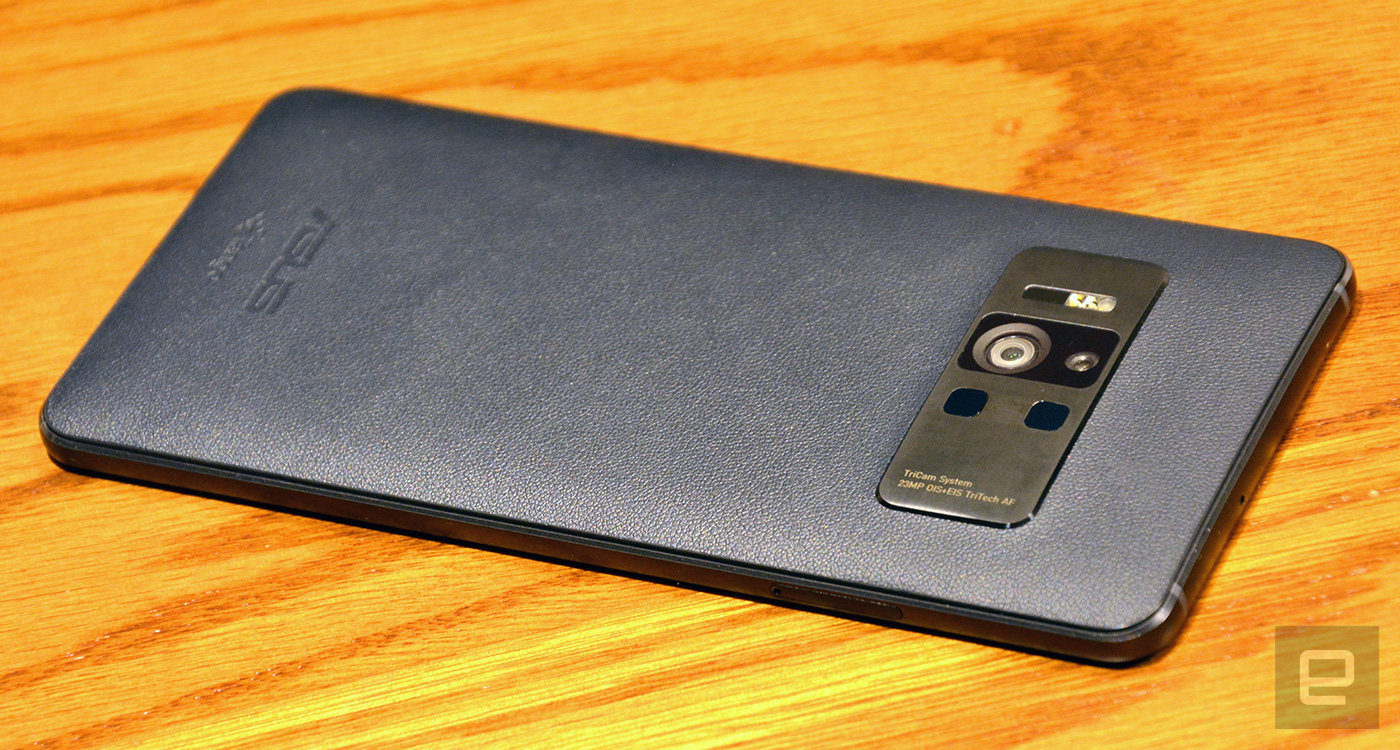It’s been six months since we last spent quality time with the ZenFone AR, and believe us: all the additional time spent on it has been worth it. According to ASUS’ own tests, out of the 100+ existing Tango AR apps, about 40 to 50 of them now run stably on the ZenFone AR, and the list is expected to grow as more apps are updated for Android Nougat. Shen added that the number of Tango apps is expected to reach over 1,000 next year, and his company will be doing its part by hosting AR developer conferences with Google — there’ll be one in Taiwan in July.
During my brief hands-on today I got to try the BMW i Visualiser app, Lowe’s Vision, iStaging (a home decorating app from Taiwan) and Matterport Scenes, all of which ran surprisingly smoothly with great tracking — a far cry from the laggy experience Chris Velazco and I had on the bulkier and underpowered Lenovo Phab 2 Pro. This is all thanks to the extra help from Qualcomm for fine-tuning the Snapdragon 821 horsepower chipset inside the ZenFone AR. Specifically, the optimization focused deeply on the chipset’s Hexagon 680 digital signal processor, which is pushed to its full potential using the latest coding. Of course, the 8GB of RAM helps, too, but there will also be a variant with 6GB RAM which should still be plentiful.

The difference between this and what we saw on the Phab 2 Pro was often staggering, enough to make the ZenFone AR the best choice for anyone looking to dabble in mobile augmented reality. The only question remaining is whether ASUS will charge significantly more for its first Tango phone, so I asked Shen whether it would cost more than, say, a Samsung Galaxy S8 Plus, to which he chuckled and replied, “We wouldn’t dare to charge more than that.”
Chris Velazco contributed to this story.
Click here to catch up on the latest news from Computex 2017!




